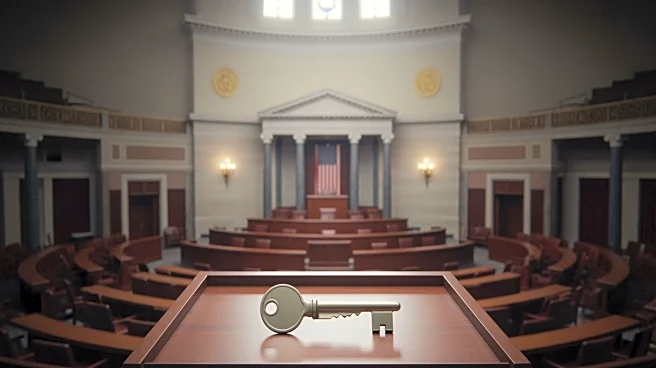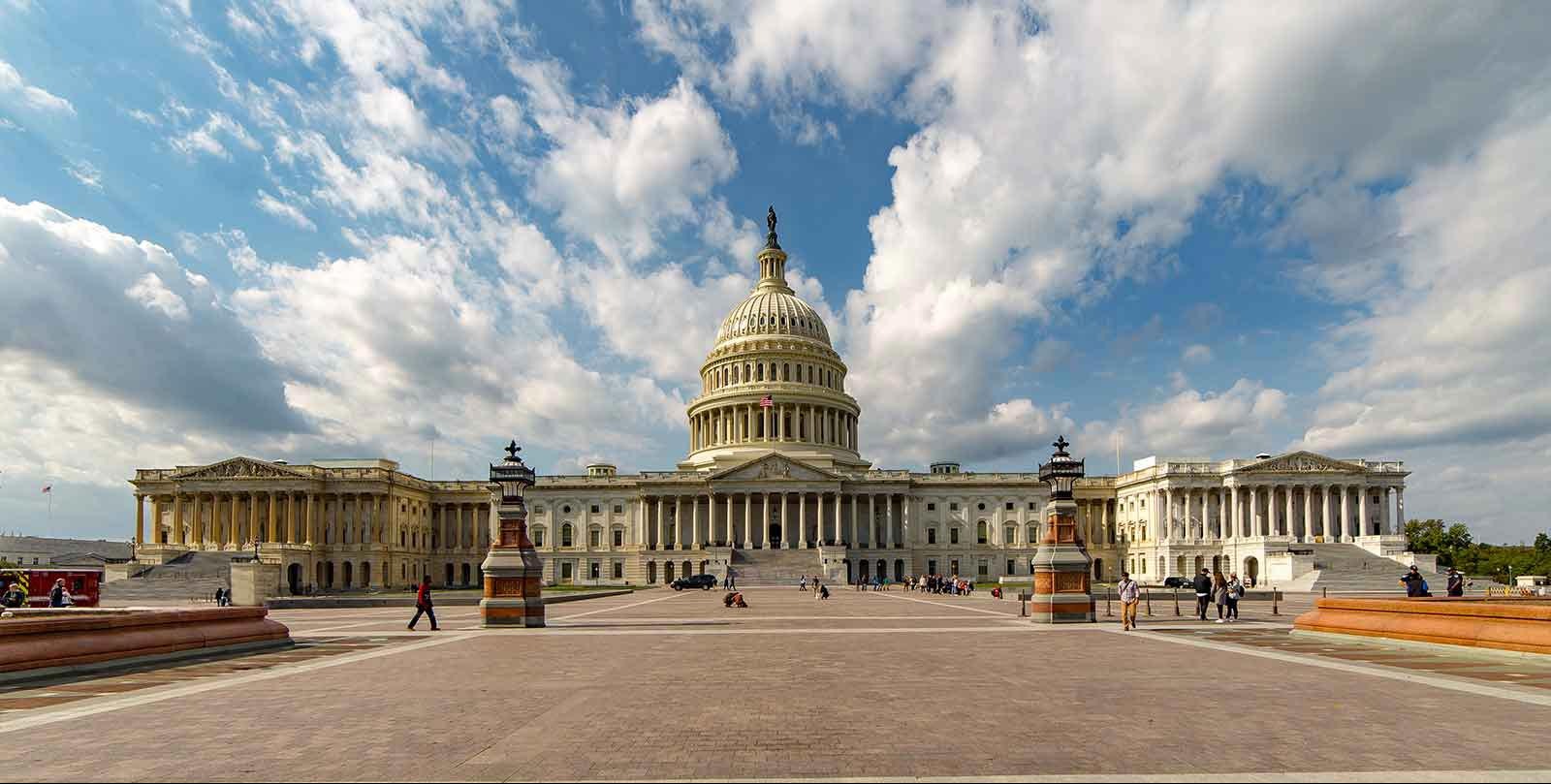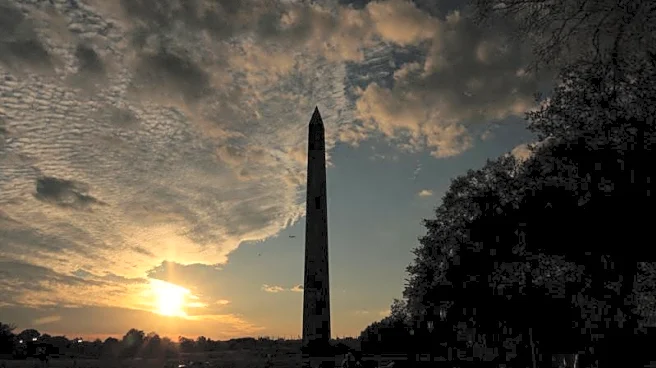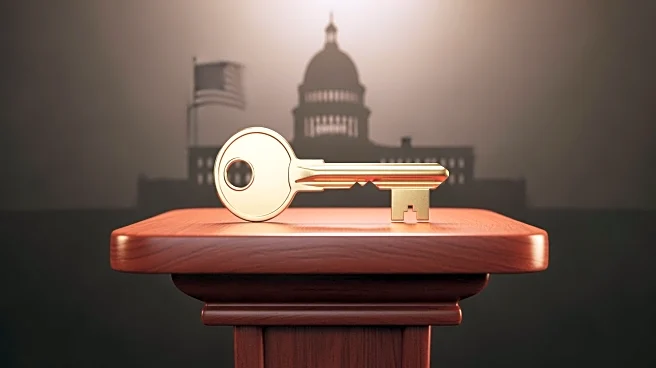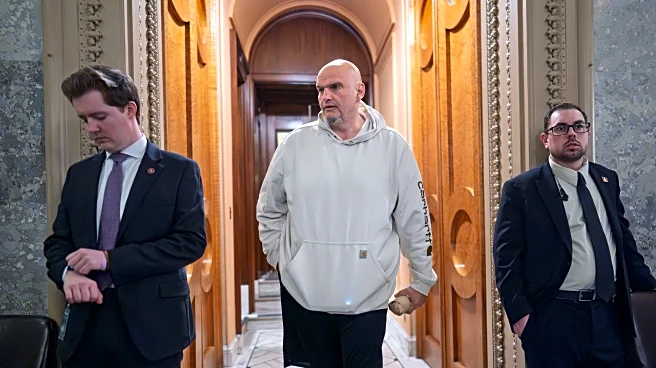What's Happening?
President Donald Trump signed a short-term funding bill on November 12, 2025, ending the longest government shutdown in U.S. history. The shutdown lasted 43 days and cost an estimated $14 billion per week.
The House passed the bill with a vote of 222 to 209, followed by the Senate with a vote of 60 to 40. The shutdown had caused significant disruption, including unpaid government workers and closed federal agencies. The bill faced opposition from some Republicans, including House Speaker Mike Johnson, who criticized a last-minute addition creating special legal protections for a few lawmakers.
Why It's Important?
The end of the shutdown allows hundreds of thousands of government workers to return to work, reopening preschool and food benefit programs, federal agencies, and national landmarks. The resolution of the shutdown is crucial for the circulation of government data and the functioning of essential services. However, the funding package did not address the rising cost of health care, which remains a contentious issue among Democrats. The shutdown's resolution is a relief for affected workers and services, but the political debate over health care and government spending continues.
What's Next?
With the government reopening, federal workers will resume their duties, and services will gradually return to normal. However, the political battle over health care funding persists, with Democrats seeking to extend Obamacare tax credits. The shutdown's resolution may lead to further negotiations and legislative efforts to address health care costs. Additionally, travelers should prepare for potential flight disruptions as the aviation sector recovers from the shutdown's impact.


